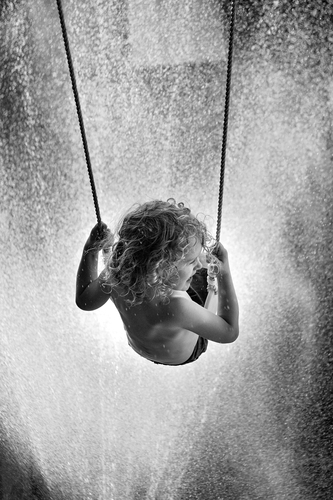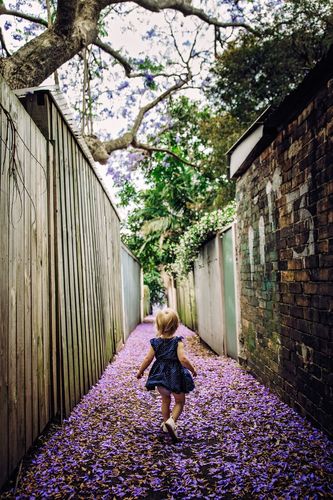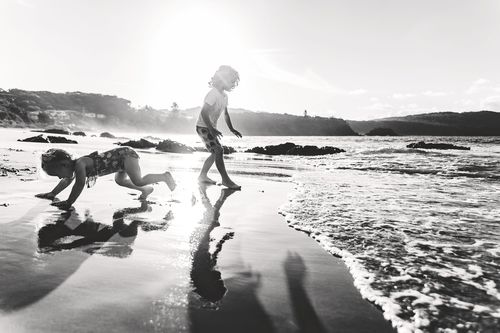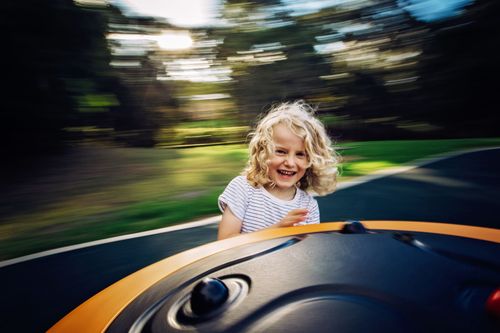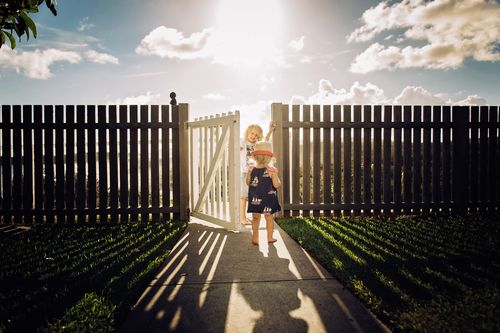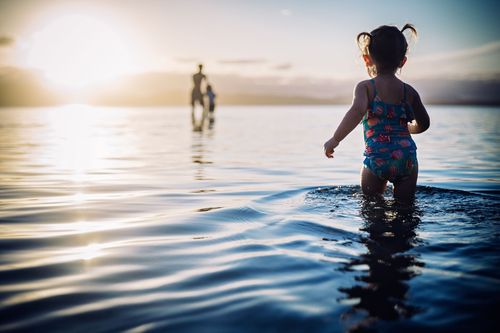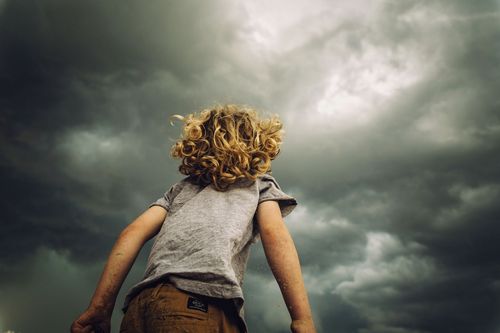Shelley Reis, the Australian photographer behind My Captured Life, is known for her ability to show depth and emotion in the images she takes of everyday life. The result is photos that are clearly artistic while still capturing the essence of daily life and childhood.
Shelley explores her approach in-depth in her Beyond the Wanderlust workshop Art & SouI: Adding Depth and Emotion to Storytelling Images. When Shelley refers to "depth," she is describing images with three different kinds of depth: great visual or spatial depth; emotional depth showing the ability to engage and connect with the viewer; and creative depth.
Here Shelley shares her top five tips for creating depth in images:
1.Capturing 'the moment' and fostering connection
Emotional depth comes from the ability to convey a feeling to the viewer. The most important step in making meaningful images is to capture honest, raw and emotive moments. Whether it is a tender embrace between a mother and child, the moment the cold water hits your subject's feet, or the moment a giggle turns into a belly laugh - capturing that moment that will elicit an emotional response that will engage the viewer. There are a number of things photographer can do to help themselves recognise the 'moment' but the most important thing is to exercise patience and use the power of observation to watch people's posture, facial expressions, body movements and body language to help anticipate what will happen next. In addition, photographers need to remember that people are complex, multi-faceted human beings so it's important to remember that 'the moment' doesn't just have to be one of joy. While it's wonderful to catch a bursting smile, to tell the full story of a person's individual character, we should not shy away from capturing a range of different emotions in our photographs.
2.Composition
Composition is a very important aspect to consider when striving to make images with greater depth. Unlike capturing "the moment," composition is one area that photographers do have control over. By making intentional decisions about how photographs are put together, photographers can add spatial and emotional depth. Photography is essentially taking a three dimensional scene and replicating it on a two dimensional medium. So how do photographers take something that is essentially a rectangle and give it the illusion of spatial depth? Firstly, they can compose photographs by layering them so that the important elements fall within the foreground, middle ground and background of the scene, drawing the viewer's eye into the photograph. Photographers can also use leading lines within the scene to draw the viewer's eyes into the photograph and use framing to bring a greater focus to the subject. Photographers can utilize negative space to give a feeling of isolation and help the subject stand out, or change perspective by shooting from below, shooting from above, or shooting at eye level to change the feeling that is conveyed.
3.Utilizing light
Light and how you use it is one of the major determining factors for the mood and emotional depth of an image. Light and mood are intimately connected in our minds - the emotional unease you feel walking through a dark area at night differs from the feeling of comfort and nostalgia that is summoned by the golden light of the setting sun. Photographers can use light in photographs to tap into the emotional connection we all have with it. The fall of light and shadow doesn't just tell us how we should feel looking at the image but also gives us visual clues about the spatial dimensions and depth of the frame. To best utilize light in images, photographers first need to constantly observe how and where light and shadows fall within a frame and adjust their position (or the subject's position) and exposure accordingly. Whether you are shooting into the light, using low light, soft window light, harsh middle-of-the-day, or golden light at sunrise and sunset, light it is all just a matter of training the eye to notice the subtleties of each kind of light. And don't forget to crank that ISO if and when you need to!
4.Embracing movement
Using movement to help tell a story is a great way to add depth to an image. Photography is all about capturing a still image - freezing that tiny fraction of a moment forever. The way photographers use movement in their images can not only make them more compelling and dynamic but also alter the mood of the image entirely. Ultimately, photographers want the viewer to feel as much a part of the scene as possible. Photographers can enhance the viewer's engagement and experience simply by utilising a fast shutter speed to freeze motion. This is a unique way of seeing rapid, fleeting moments, such as an enthusiastic child mid-jump or the splashing of water droplets, in the kind of detail you wouldn't be able to take in in real time. In contrast, by utilising a slow shutter speed photographers can cause the source of the movement, such as a fast moving child, to be intentionally blurred giving a sense of chaos and motion.
5.Embracing creativity, breaking the rules and imperfection
Artistic perfection happens when an emotional response is elicited from the viewer and this can be achieved despite of, or even because of, a lack of technical perfection. Being able to embrace creativity and let go of expectation by simply focusing on the best way to convey a mood can go a long way in connecting on an emotional level with the viewer. Adding creative depth to an image can be done in any number of ways. By carefully observing our environment and embracing points of interest, such as sunbursts, sunflares, shadows, patterns and reflections, and incorporating them into our compositions photographers can add another layer of intrigue and depth to our images.
All images Shelley Reis, My Captured Life, and used with permission.

